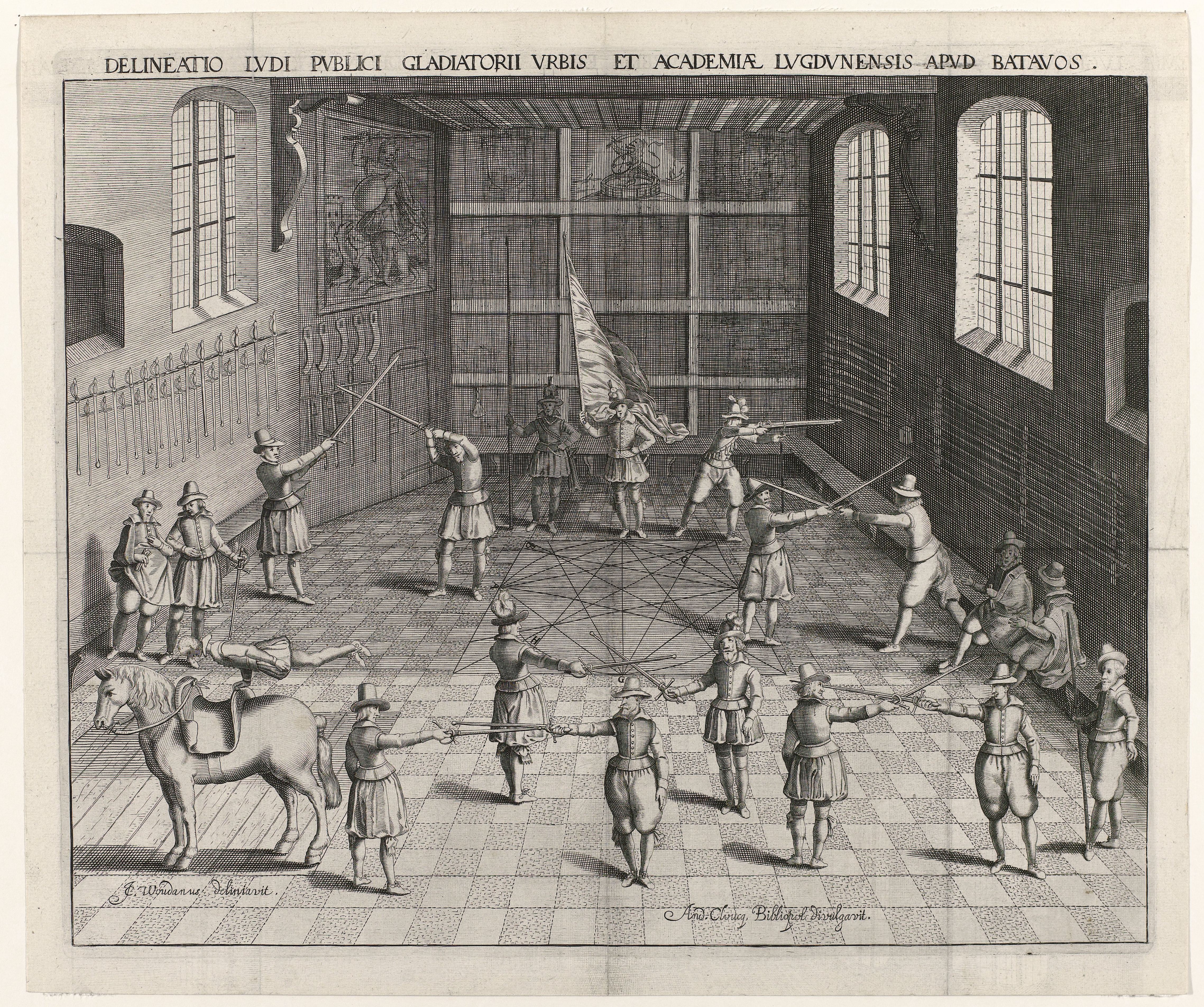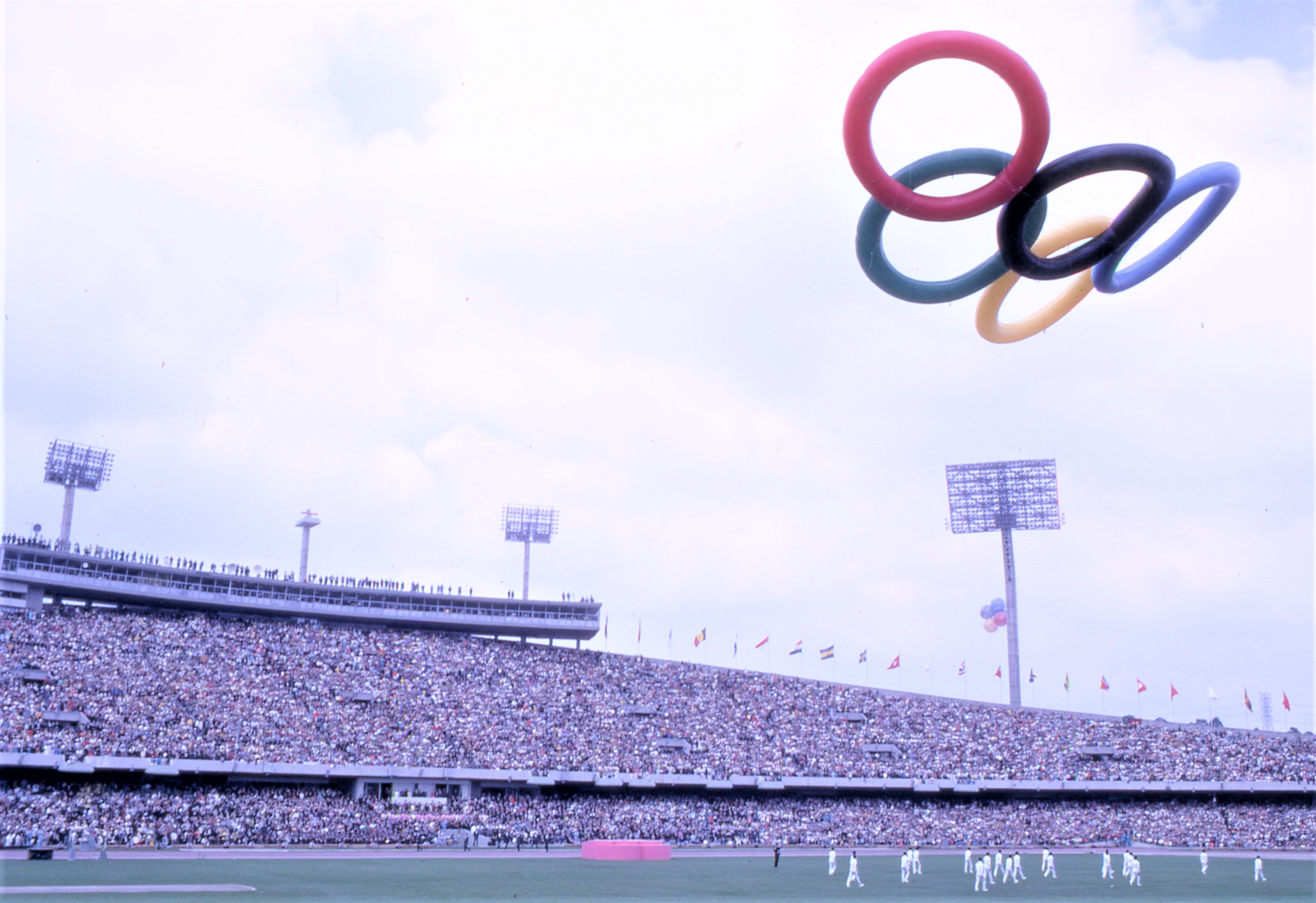|
Zygmunt Kawecki
Zygmunt Kawecki (born 6 November 1942) is a Polish fencer. He competed in the team sabre events at the 1968 and 1972 Summer Olympics The 1972 Summer Olympics (), officially known as the Games of the XX Olympiad () and officially branded as Munich 1972 (; ), were an international multi-sport event held in Munich, West Germany, from 26 August to 11 September 1972. It was the .... References External links * * * 1942 births Living people Polish male fencers Olympic fencers for Poland Fencers at the 1968 Summer Olympics Fencers at the 1972 Summer Olympics Fencers from Warsaw 20th-century Polish sportsmen {{Poland-fencing-bio-stub ... [...More Info...] [...Related Items...] OR: [Wikipedia] [Google] [Baidu] |
Warsaw
Warsaw, officially the Capital City of Warsaw, is the capital and List of cities and towns in Poland, largest city of Poland. The metropolis stands on the Vistula, River Vistula in east-central Poland. Its population is officially estimated at 1.86 million residents within a Warsaw metropolitan area, greater metropolitan area of 3.27 million residents, which makes Warsaw the List of cities in the European Union by population within city limits, 6th most-populous city in the European Union. The city area measures and comprises List of districts and neighbourhoods of Warsaw, 18 districts, while the metropolitan area covers . Warsaw is classified as an Globalization and World Cities Research Network#Alpha 2, alpha global city, a major political, economic and cultural hub, and the country's seat of government. It is also the capital of the Masovian Voivodeship. Warsaw traces its origins to a small fishing town in Masovia. The city rose to prominence in the late 16th cent ... [...More Info...] [...Related Items...] OR: [Wikipedia] [Google] [Baidu] |
Fencing
Fencing is a combat sport that features sword fighting. It consists of three primary disciplines: Foil (fencing), foil, épée, and Sabre (fencing), sabre (also spelled ''saber''), each with its own blade and set of rules. Most competitive fencers specialise in one of these disciplines. The modern sport gained prominence near the end of the 19th century, evolving from historical European swordsmanship. The Italian school of swordsmanship, Italian school altered the Historical European martial arts, historical European martial art of classical fencing, and the French school of fencing, French school later refined that system. Scoring points in a fencing competition is done by making contact with the opponent with one's sword. The 1904 Olympic Games featured a fourth discipline of fencing known as singlestick, but it was dropped after that year and is not a part of modern fencing. Competitive fencing was one of the first sports to be featured in the Olympics and, along with Athl ... [...More Info...] [...Related Items...] OR: [Wikipedia] [Google] [Baidu] |
Sabre (fencing)
The sabre (US English: ''saber'', both pronounced ) is one of the three disciplines of modern fencing. The sabre weapon is for thrusting and cutting with both the cutting edge and the back of the blade (unlike the other modern fencing weapons, the épée and foil, where a touch is scored only using the point of the blade). The informal term ''sabre fencer'' is what they call a sabre fencers of both genders. Weapon "The blade, which must be of steel, is approximately rectangular in section. The maximum length of the blade is . The minimum width of the blade, which must be at the button, is ; its thickness, also immediately below the button, must be at least ." The cross-sectional profile of the sabre blade is commonly a V-shaped base which transitions to a flat rectangular shaped end with most blade variants, but this is dependent on how it is manufactured. This allows the blade to be flexible towards the end. According to regulation, manufacturers must acknowledge that the bl ... [...More Info...] [...Related Items...] OR: [Wikipedia] [Google] [Baidu] |
1968 Summer Olympics
The 1968 Summer Olympics (), officially known as the Games of the XIX Olympiad () and officially branded as Mexico 1968 (), were an international multi-sport event held from 12 to 27 October 1968, in Mexico City, Mexico. These were the first Olympic Games to be staged in Latin America, the first to be staged in a Hispanophone, Spanish-speaking country, and the first to be staged in the Global South. Consequently, these games also marked the first time that there would be a gap of two Olympic Games not to be held in Europe. They were also the first Games to use an All-weather running track, all-weather (smooth) track for track and field events instead of the traditional cinder track, as well as the first example of the Olympics exclusively using electronic timekeeping equipment. The 1968 Games were the third to be held in the last quarter of the year, after the 1956 Summer Olympics, 1956 Games in Melbourne and the 1964 Summer Olympics, 1964 Games in Tokyo. The Mexican Movement of ... [...More Info...] [...Related Items...] OR: [Wikipedia] [Google] [Baidu] |
1972 Summer Olympics
The 1972 Summer Olympics (), officially known as the Games of the XX Olympiad () and officially branded as Munich 1972 (; ), were an international multi-sport event held in Munich, West Germany, from 26 August to 11 September 1972. It was the second Summer Olympics to be held in Germany, after the 1936 Summer Olympics, 1936 Games in Berlin, which had taken place under the Nazi Germany, Nazi rule. Germany became only the second country at that point after the United States to have two different cities host the Summer Olympics. The West German government had been eager to have the Munich Olympics present a Democracy, democratic and optimistic Germany to the world, as shown by the Games' official motto, ''"Die Heiteren Spiele"'', or "the cheerful Games". The logo of the Games was a blue solar logo (the "Bright Sun") by Otl Aicher, the designer and director of the visual conception commission. The hostesses wore sky-blue dirndls as a promotion of Bavarian cultural heritage. The Oly ... [...More Info...] [...Related Items...] OR: [Wikipedia] [Google] [Baidu] |
1942 Births
The Uppsala Conflict Data Program project estimates this to be the deadliest year in human history in terms of conflict deaths, placing the death toll at 4.62 million. However, the Correlates of War estimates that the prior year, 1941, was the deadliest such year. Death toll estimates for both 1941 and 1942 range from 2.28 to 7.71 million each. Events Below, the events of World War II have the "WWII" prefix. January * January 1 – WWII: The Declaration by United Nations is signed by China, the United Kingdom, the United States, the Soviet Union, and 22 other nations, in which they agree "not to make any separate peace with the Axis powers". * January 5 – WWII: Two prisoners, British officer Airey Neave and Dutch officer Anthony Luteyn, escape from Colditz Castle in Germany. After travelling for three days, they reach the Swiss border. * January 7 – WWII: ** Battle of Slim River: Japanese forces of the 5th Division (Imperial Japanese Army), 5th Division, sup ... [...More Info...] [...Related Items...] OR: [Wikipedia] [Google] [Baidu] |
Living People
Purpose: Because living persons may suffer personal harm from inappropriate information, we should watch their articles carefully. By adding an article to this category, it marks them with a notice about sources whenever someone tries to edit them, to remind them of WP:BLP (biographies of living persons) policy that these articles must maintain a neutral point of view, maintain factual accuracy, and be properly sourced. Recent changes to these articles are listed on Special:RecentChangesLinked/Living people. Organization: This category should not be sub-categorized. Entries are generally sorted by family name In many societies, a surname, family name, or last name is the mostly hereditary portion of one's personal name that indicates one's family. It is typically combined with a given name to form the full name of a person, although several give .... Maintenance: Individuals of advanced age (over 90), for whom there has been no new documentation in the last ten ... [...More Info...] [...Related Items...] OR: [Wikipedia] [Google] [Baidu] |
Polish Male Fencers
Polish may refer to: * Anything from or related to Poland, a country in Europe * Polish language * Polish people, people from Poland or of Polish descent * Polish chicken * Polish brothers (Mark Polish and Michael Polish, born 1970), American twin screenwriters * Kevin Polish, an American Paralympian archer Polish may refer to: * Polishing, the process of creating a smooth and shiny surface by rubbing or chemical action ** French polishing, polishing wood to a high gloss finish * Nail polish * Shoe polish * Polish (screenwriting), improving a script in smaller ways than in a rewrite See also * * * Polishchuk (surname) * Polonaise (other) A polonaise ()) is a stately dance of Polish origin or a piece of music for this dance. Polonaise may also refer to: * Polonaises (Chopin), compositions by Frédéric Chopin ** Polonaise in A-flat major, Op. 53 (, ''Heroic Polonaise''; ) * Polon ... {{Disambiguation, surname Language and nationality disambiguation pages ... [...More Info...] [...Related Items...] OR: [Wikipedia] [Google] [Baidu] |
Olympic Fencers For Poland
Olympic or Olympics may refer to Sports Competitions * Olympic Games, international multi-sport event held since 1896 ** Summer Olympic Games ** Winter Olympic Games * Ancient Olympic Games, ancient multi-sport event held in Olympia, Greece between 776 BC and 393 AD * Olympic (greyhounds), a competition held annually at Brighton & Hove Greyhound Stadium Clubs and teams * Adelaide Olympic FC, a soccer club from Adelaide, South Australia * Fribourg Olympic, a professional basketball club based in Fribourg, Switzerland * Sydney Olympic FC, an Australian soccer club * Olympic Club (Barbacena), a Brazilian football club based in Barbacena, Minas Gerais state * Olympic Mvolyé, a Cameroonian football club based in Mvolyé * Olympic Club (Egypt), a football and sports club based in Alexandria * Blackburn Olympic F.C., an English football club based in Blackburn, Lancashire * Rushall Olympic F.C., an English football club based in Rushall * FC Olympic Tallinn, an Estonian ... [...More Info...] [...Related Items...] OR: [Wikipedia] [Google] [Baidu] |
Fencers At The 1968 Summer Olympics
Fencer may refer to: * Fencer, a person who participates in the sport of fencing * Fencer, a person who makes fences * Fencer, the device which energizes an electric fence * Fencer, the NATO reporting name of the Sukhoi Su-24 combat jet * HMS ''Fencer'' (D64) * ''The Fencer ''The Fencer'' (, is a 2015 biographical drama film about the life of Endel Nelis, an accomplished Estonian fencer and coach. It was directed by Klaus Härö and written by Anna Heinämaa. Filming began in Estonia in late February 2014. Th ...'' (), a 2015 Estonian-Finnish-German film directed by Klaus Härö See also * Fence (other) {{disambig ... [...More Info...] [...Related Items...] OR: [Wikipedia] [Google] [Baidu] |
Fencers At The 1972 Summer Olympics
Fencer may refer to: * Fencer, a person who participates in the sport of fencing * Fencer, a person who makes fence A fence is a structure that encloses an area, typically outdoors, and is usually constructed from posts that are connected by boards, wire, rails or net (textile), netting. A fence differs from a wall in not having a solid foundation along its ...s * Fencer, the device which energizes an electric fence * Fencer, the NATO reporting name of the Sukhoi Su-24 combat jet * HMS Fencer (D64), HMS ''Fencer'' (D64) * ''The Fencer'' (), a 2015 Estonian-Finnish-German film directed by Klaus Härö See also * Fence (other) {{disambig ... [...More Info...] [...Related Items...] OR: [Wikipedia] [Google] [Baidu] |





